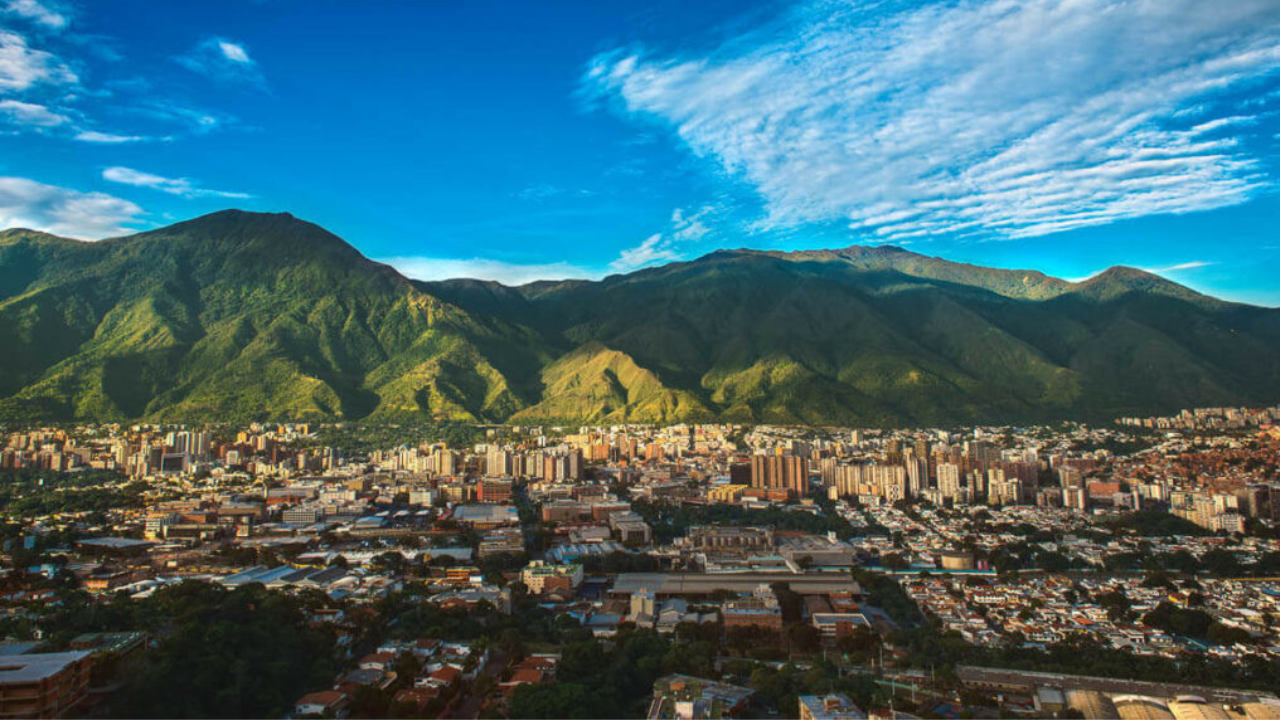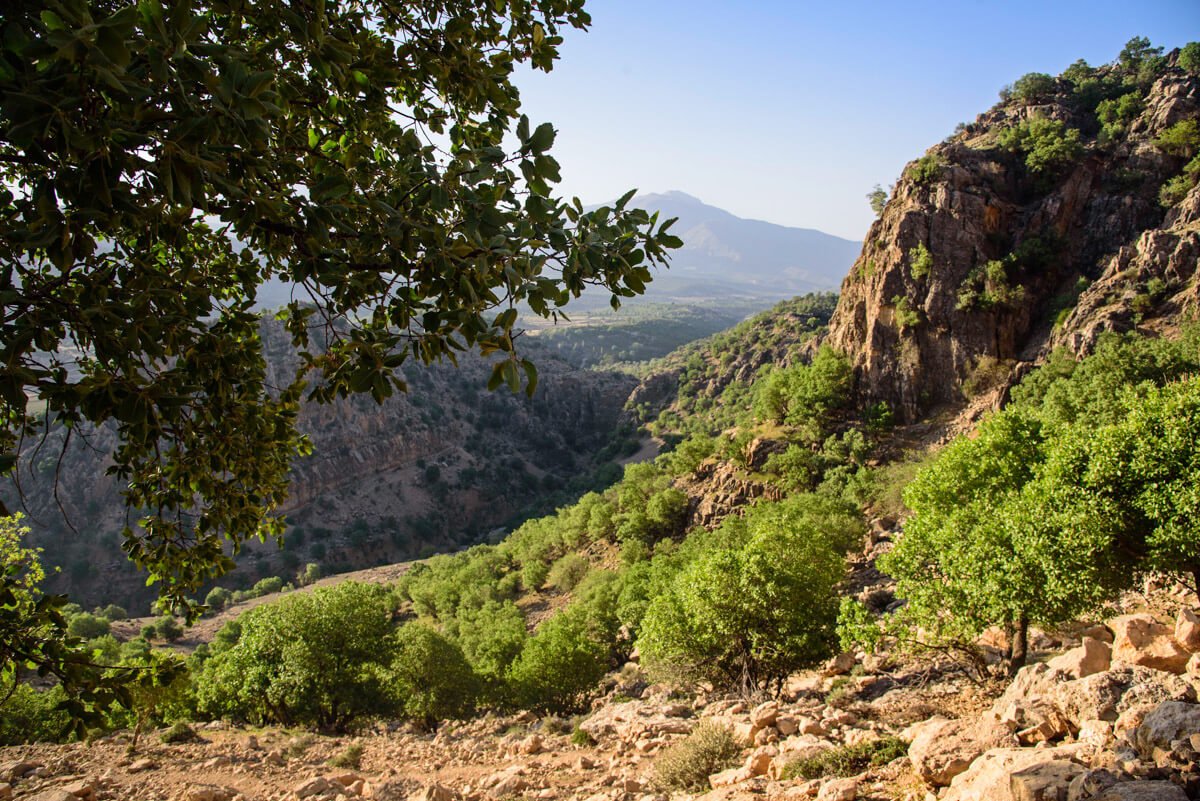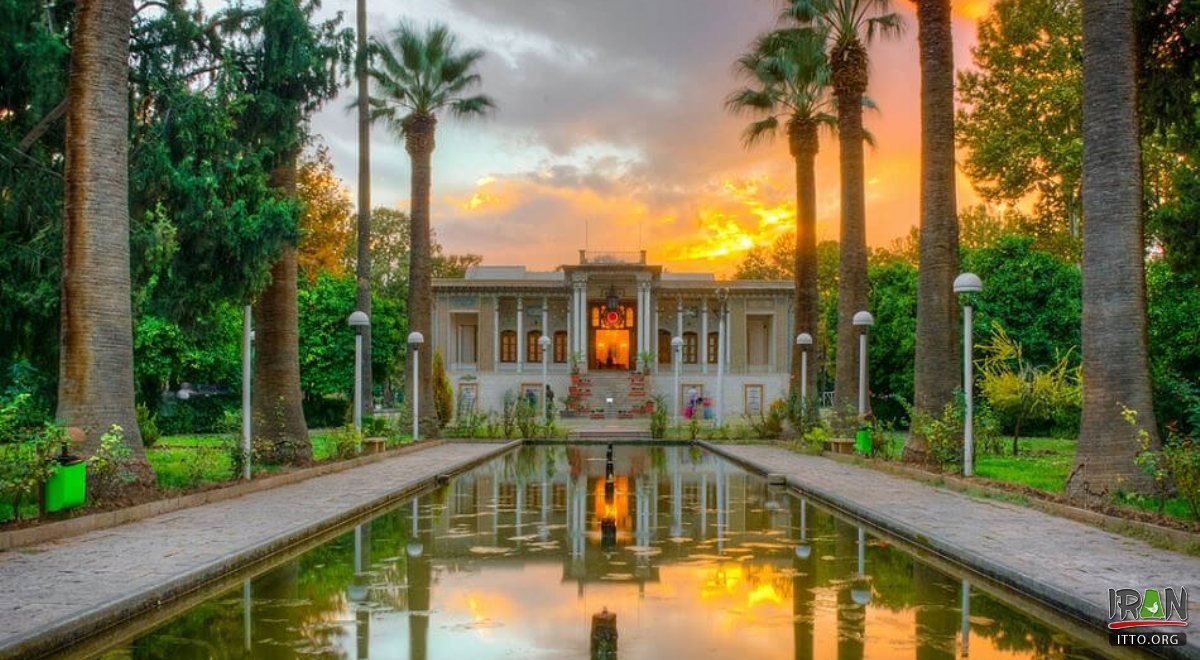Venezuela, a land of towering tepuis, cascading waterfalls, and vibrant Caribbean shores, beckons adventurous backpackers with its raw beauty and untamed spirit. Home to Angel Falls—the world’s highest waterfall—and biodiverse landscapes ranging from Amazonian jungles to Andean peaks, it’s one of South America’s most underrated destinations. Yet, its reputation for political instability, economic challenges, and safety concerns has deterred many travelers. In 2025, Venezuela remains a complex but rewarding destination for those prepared to navigate its unique challenges. This 2,000-word guide, informed by expert travel blogs, official advisories, and insights from posts on X, offers a comprehensive roadmap for backpacking Venezuela. From itinerary planning to safety tips, budgeting, and must-see attractions, here’s how to embark on an unforgettable adventure while staying cautious and informed.
Why Backpack Venezuela in 2025?
Venezuela’s allure lies in its unparalleled natural wonders and cultural authenticity, largely untouched by mass tourism. With only a handful of backpackers venturing here—fewer than 1% of South America’s 30 million annual visitors, per a 2024 Lonely Planet estimate—it offers a sense of discovery rare in today’s connected world. From the pristine beaches of Los Roques to the otherworldly landscapes of Roraima, Venezuela is a paradise for intrepid travelers. However, its challenges, including hyperinflation, crime, and limited infrastructure, demand careful preparation. X user @AdventureSeeker23 notes, “Venezuela’s beauty is unmatched, but it’s not for beginners—plan smart, stay safe.” This guide equips you with the tools to explore responsibly, balancing adventure with caution.
Is It Safe to Backpack Venezuela?
Safety is the top concern for travelers considering Venezuela, which ranked 149th out of 163 countries in the 2020 Global Peace Index, signaling significant risks. The U.S. State Department and Canadian government advise against all travel due to violent crime, political unrest, and shortages of essentials like medicine and fuel. Despite these warnings, some backpackers report safe, rewarding trips by sticking to tourist-friendly areas and exercising extreme caution.
Key Safety Tips
- Avoid High-Risk Areas: Steer clear of border regions (within 80km of Colombia), slums (barrios), and Sabana Grande in Caracas. Stick to safer districts like Chacao or Altamira in the capital.
- Travel with Locals: Having a trusted local contact or guide, as emphasized by @LatinTravelGuru on X, can help navigate currency exchanges and avoid scams.
- Stay Low-Profile: Avoid flashy clothing or electronics. Keep valuables hidden and carry small cash amounts in USD.
- Use Reputable Tours: For remote areas like Canaima or Roraima, book with established agencies like Kamadac Tours, recommended by The Broke Backpacker.
- Check Advisories: Monitor travel warnings from your government (e.g., travel.state.gov for U.S. citizens) before and during your trip.
- Avoid Night Travel: Crime spikes after dark, especially between Caracas and Simón Bolívar International Airport. Arrange daytime transfers.
Current Context
Since 2021, safety has improved slightly due to government crackdowns on local mafias and reduced profitability of express kidnappings, per Against the Compass. However, violent crimes like robbery and carjacking persist, particularly in urban areas. The January 2025 presidential inauguration may spark demonstrations, potentially disrupting travel. Solo backpackers are rare, with most visitors joining guided tours in secure areas like Canaima National Park or Los Roques.
Planning Your Trip
Best Time to Visit
Venezuela’s tropical climate varies by region:
- Dry Season (November–April): Ideal for coastal areas, Los Roques, and Los Llanos, with less rain and better wildlife spotting (e.g., anacondas).
- Rainy Season (July–October): Best for Canaima National Park, when Angel Falls flows at its peak. Expect muddy trails and humidity.
- Andes Hiking: December–March or June–September for clearer trails in Mérida.
Entry Requirements
- Visa: Most nationalities (EU, Australia, New Zealand) receive a free 90-day tourist card on arrival. U.S. and Canadian citizens need a visa from embassies in Mexico City or Vancouver.
- Passport: Must be valid for six months.
- Vaccinations: Yellow fever vaccine is required; malaria and dengue risks exist, so consult a doctor eight weeks prior. Carry proof of vaccination, as border officials may check.
- Travel Insurance: Essential for medical emergencies and trip cancellations. SafetyWing or IATI Insurance are backpacker-friendly options.
Getting There
- By Air: Simón Bolívar International Airport (Maiquetía, near Caracas) is the main hub, with flights from Madrid (Iberia, Air Europa), Lisbon (TAP Portugal), Istanbul (Turkish Airlines), Colombia, Panama, or Mexico. Book early, as connections are limited and delays common.
- By Land: Borders with Colombia (Cúcuta–San Antonio) and Brazil (Paracaima) are open but risky due to smuggling and military presence. Avoid Guyana’s border, accessible only via Brazil.
- Safety Note: Arrange airport transfers during daylight through reputable agencies to avoid taxi scams or robberies.
Getting Around
- Buses: Affordable ($1–$15 for long distances), connecting major towns from local terminals. Wealthy Venezuelans warn against bus travel, but backpackers find it enriching if cautious.
- Moto-Taxis and Taxis: Common in cities, costing $1–$5 for short trips. Use licensed taxis (yellow plates) and pre-book.
- Domestic Flights: Useful for remote areas like Canaima or Los Roques, but expensive ($50–$150) and prone to delays.
- Car Rental: Costly due to fuel shortages and insurance; not recommended without local knowledge.
Budgeting for Venezuela
Venezuela’s economy, marked by hyperinflation and a dual-currency system (Bolívar and USD), makes budgeting tricky but affordable for USD-carrying backpackers. In 2025, the government has stabilized the Bolívar by pegging it to the USD, with most transactions now in dollars. Daily costs range from $40–$140, depending on travel style.
Sample Daily Budget
- Accommodation: Hostels or posadas ($10–$20/night); budget hotels ($15–$30); mid-range hotels ($40–$100).
- Food: Street food or local eateries ($3–$7/meal); mid-range restaurants ($10–$15).
- Transport: Local buses/taxis ($1–$5); long-distance buses ($5–$15).
- Activities: Park entry fees ($1–$10); guided tours ($10–$50).
- Miscellaneous: Water, snacks, souvenirs ($5–$20).
- Total: $40–$60/day for budget travelers; $100+/day for tours or comfort.
Money Tips
- Bring USD Cash: ATMs are unreliable, and card payments are limited. Carry small denominations ($1, $5) due to change shortages.
- Check Exchange Rates: Use DolarToday for informal rates, as official rates are outdated. Prices in USD remain stable despite Bolívar fluctuations.
- Haggle Respectfully: Common for tours or markets, but avoid scams by verifying prices with locals.
- Tipping: Not customary but appreciated (10% for exceptional service).
Must-Visit Destinations
Venezuela’s diverse geography offers something for every backpacker. Below are the top spots, blending iconic attractions with hidden gems.
1. Canaima National Park and Angel Falls
- Why Visit: Home to Angel Falls (979m), the world’s highest waterfall, set in a UNESCO-listed jungle. Expect tepuis, lagoons, and indigenous Pemon culture.
- Highlights: Three-day tours ($200–$500) include flights from Caracas, boat rides, and hikes to the falls. Visit Sapo Falls or Hacha Falls for quieter spots.
- Tips: Book with reputable operators like Osprey Expeditions. July–October ensures full waterfall flow. Bring insect repellent and waterproof gear.
2. Los Roques Archipelago
- Why Visit: A Caribbean paradise of 40 islands and 250 coral reefs, perfect for snorkeling, diving, and beach-hopping.
- Highlights: Day trips ($30–$100) to Cayo de Agua or Madrisquí for crystal waters and seafood feasts. Stay in budget posadas ($25–$100/night).
- Tips: Book boat tours via GetYourGuide or local operators. Avoid swimming in restricted areas; guides ensure compliance.
3. Mérida and the Andes
- Why Visit: A backpacker hub in the Sierra Nevada, offering colonial charm, hiking, and the world’s highest cable car to Pico Espejo (4,765m).
- Highlights: Trek the Sierra Nevada Traverse (3–5 days, $100–$200) or climb Pico Bolívar (4,979m). Visit the Botanical Garden and Iglesia del Carmen.
- Tips: Stay in posadas ($15–$30/night) via Google Maps. June–September for clear trails.
4. Mount Roraima
- Why Visit: A 2,800m tepui with prehistoric landscapes, inspiring The Lost World. A 5–7-day trek is a bucket-list adventure.
- Highlights: Guided treks from Santa Elena ($100–$200) include porters and camping. Expect waterfalls, unique rock formations, and panoramic views.
- Tips: Book with Kamadac Tours or local guides; solo treks are illegal. Minimum group of four. December–March for drier conditions.
5. Orinoco Delta
- Why Visit: A biodiverse wetland with indigenous Warao communities, ideal for wildlife spotting (piranhas, anacondas) and eco-tourism.
- Highlights: Guided tours ($200–$500, 2–4 days) include canoe trips and village visits. Sima Humboldt, the world’s largest cave, is nearby.
- Tips: Book through eco-tour operators. Bring mosquito nets and bottled water. November–April for less flooding.
6. Los Llanos
- Why Visit: A vast savanna teeming with wildlife—capybaras, caimans, and anacondas—offering a safari-like experience.
- Highlights: Three-day tours ($50–$150) from Barinas or Mérida include jeep safaris and river trips. Spot the Catatumbo lightning phenomenon.
- Tips: November–April for peak wildlife activity. Use mosquito repellent and long sleeves.
7. Choroní
- Why Visit: A coastal gem with Afro-Caribbean culture, lush rainforests, and tranquil beaches, perfect for relaxing after intense treks.
- Highlights: Visit Playa Grande or hike to Chuao for cocoa plantations. Stay in posadas ($15–$25/night).
- Tips: Take buses from Maracay. Book accommodations via Airbnb or Google Maps for “posada.”
Accommodation and Food
Where to Stay
- Hostels and Posadas: Budget options ($10–$20/night) in Mérida, Choroní, or Santa Elena. Search Google Maps or Booking.com for posadas, as many aren’t listed online.
- Hotels: Budget hotels in Caracas or Mérida ($15–$30); mid-range ($40–$100). Examples: Mariani International Tower ($32) or Posada Doña Rosa ($55).
- Camping: Common on guided tours (Roraima, Canaima), included in tour costs. Bring lightweight gear for comfort.
What to Eat
- Arepas: Cornmeal patties filled with cheese, meat, or avocado ($1–$3). Best at street stalls in Mérida or Caracas.
- Pabellón Criollo: A national dish of shredded beef, rice, beans, and plantains ($3–$7).
- Street Food: Empanadas or cachapas ($1–$2) are cheap and safe if freshly cooked.
- Drinks: Bottled water ($0.50) and local beers ($1–$2). Avoid tap water to prevent illness.
- Tips: Eat at busy stalls for hygiene. Carry snacks (e.g., powdered milk) due to sporadic shortages.
Packing Essentials
- Lightweight Backpack: Osprey Aether/Ariel series for durability. Pack minimally for mobility.
- Clothing: Quick-dry layers, hiking boots, rain gear, and neutral colors. Include thermals for Andes treks.
- Health Supplies: Mosquito repellent, first-aid kit, prescription meds, and water purification tablets.
- Documents: Passport, visa (if needed), vaccination card, and USD cash in small denominations.
- Tech: Solar charger, offline maps (Maps.me), and a Spanish phrasebook or app (e.g., Duolingo). Few locals speak English.
- Guidebooks: Lonely Planet South America on a Shoestring or Bradt Venezuela for offline itineraries.
Cultural and Practical Tips
- Language: Spanish is essential; English is rarely spoken. Learn basic phrases or carry a phrasebook.
- Etiquette: Venezuelans are friendly but cautious of foreigners. Avoid discussing politics, especially Chávez or Maduro.
- Connectivity: Wi-Fi is spotty; buy international calling cards for emergencies.
- Haggling: Common but gentle; confirm prices upfront to avoid overcharging.
- Local Interactions: Expect curiosity—Venezuelans rarely see backpackers and may offer help or invite you to share meals.
Sample 2-Week Itinerary
Day 1–2: Caracas
- Explore Altamira and Plaza Bolívar. Visit El Ávila via Teleférico for views. Stay in a safe hotel ($15–$30).
Day 3–5: Canaima and Angel Falls
- Fly to Canaima, join a 3-day tour to Angel Falls. Hike, boat, and camp. Return to Caracas.
Day 6–8: Mérida
- Bus to Mérida (10–12 hours, $10–$15). Ride the cable car, hike Sierra Nevada trails, or visit colonial sites. Stay in a posada ($10–$20).
Day 9–11: Roraima
- Bus to Santa Elena (15 hours, $15). Join a 6-day Roraima trek ($100–$200). Camp among tepuis.
Day 12–14: Choroní
- Bus to Maracay, then Choroní (6 hours total, $5–$10). Relax on Playa Grande, hike to Chuao. Stay in a posada ($15–$25).
Budget Estimate: $600–$900, including tours, transport, food, and lodging (excluding flights).
Final Thoughts
Backpacking Venezuela in 2025 is not for the faint-hearted, but for those willing to embrace its challenges, it offers an adventure like no other. From the mist-shrouded heights of Angel Falls to the turquoise waters of Los Roques, Venezuela’s landscapes and warm locals create memories that linger. While safety concerns and economic hurdles require meticulous planning, the rewards—unspoiled nature, cultural authenticity, and a sense of true exploration—are unmatched. Insights from The Broke Backpacker, Against the Compass, and X users (@AdventureSeeker23, @LatinTravelGuru) highlight the need for caution but also the magic of this “last backpacking frontier.”
Start preparing now: secure travel insurance, learn basic Spanish, and connect with reputable tour operators. Venezuela is a land of contrasts—wild, beautiful, and raw. With vigilance and respect, your journey can be a transformative chapter in your travel story. Pack your bags, stay sharp, and discover the heart of South America’s hidden gem.



